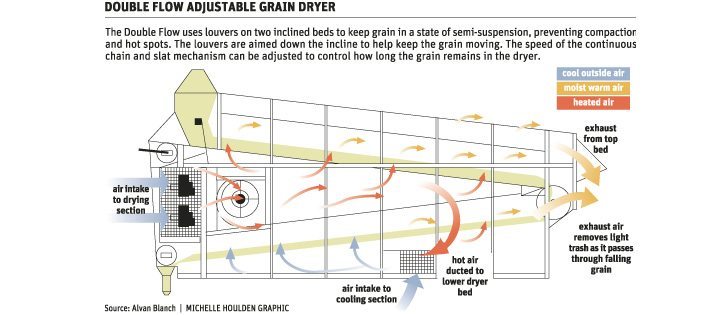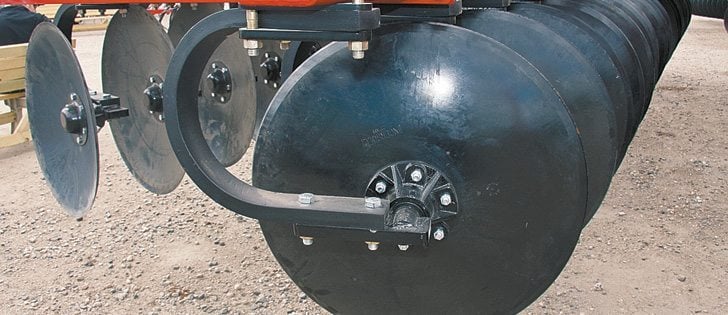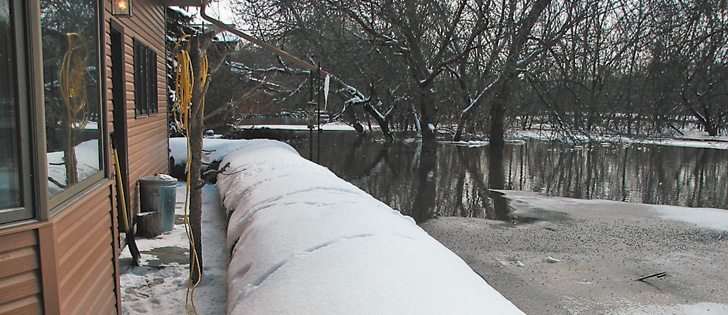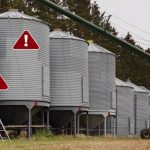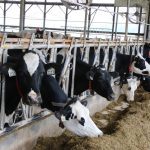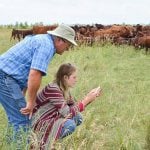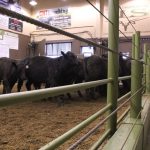As fire bans were reimposed in some parts of southern Alberta last week and at least one golf course opened for business, farmers’ thoughts may have turned to seeding.
Although early seeding is a good idea, February is a little too early, Alberta Agriculture researcher Ross McKenzie said tongue in cheek, noting recent balmy winter temperatures.
He told more than 350 Lethbridge area farmers Jan. 31 about research results showing the benefits of early seeding on irrigated crops.
A five-year study he conducted with colleague Shelley Woods on 11 crops in Lethbridge and Bow Island, Alta., showed yield reductions as seeding dates advanced.
Read Also

Poilievre promises EV action and calls for canola compensation
Conservative leader Pierre Poilievre promises EV action and calls for canola compensation
In plot trials, they first attempted planting around mid-April and then followed with three two-week intervals.
Using May 1 as the optimum seeding date and following crops through to harvest, researchers calculated percentage yield loss per day for every day crops were seeded after May 1.
“With durum wheat, for every day we delayed seeding after May 1, we found a 1.3 percent reduction in yields and that becomes quite significant,” McKenzie said.
“If you seed May 1 versus May 30, you could lose potentially up to 40 percent of the yield by delayed seeding.”
Flax was least affected by seeding dates, but canola had the most dramatic result. However, McKenzie cautioned against seeding canola any earlier than May 1 because of its frost sensitivity.
Early dates make sense on irrigated crops in southern Alberta because of available sunlight.
“If you seed May 30, you only have three weeks when the days are getting longer and then the days are going to start getting shorter again,” he said.
“If you can seed May 1, you’re going to have seven weeks when the days are getting longer.… You’re actually just tapping into more sunshine energy.”
If seeding is possible in mid-April, McKenzie suggested farmers plant their highest value cereal crops first. However, if they can’t seed until May, start with canola and follow it with cereals and then flax.



